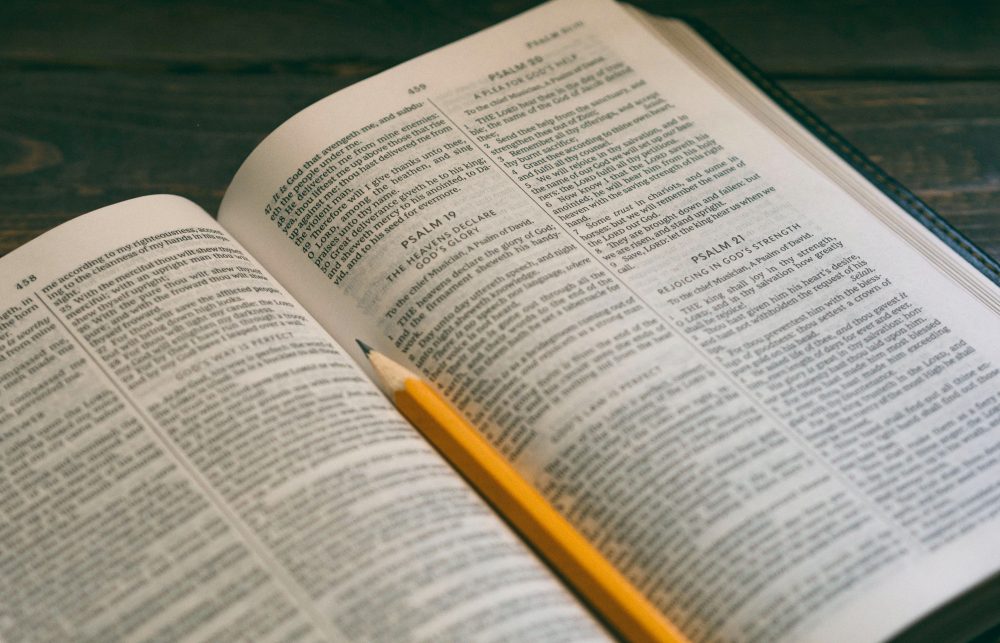One of the most beautiful songs in our hymnals, The Way of the Cross, was written by Jessie Pounds in 1906 and was put to music by Charles Gabriel. A popular sermon illustration at the time, the song centered on the geographical heart of London, which is known as Charring Cross or “the cross.” The illustration related the experience of a London police officer who came upon a lost child who was unable to tell the officer where he lived. Finally, amid sobs and tears, the child simply said, “If you will take me to the Cross, I think I can find my way home from there.” As the story goes, Pounds heard the story and penned the following well-known lyrics:
I must needs go home by the way of the cross,
There’s no other way but this.
I shall ne’er get sight of the Gates of Light,
If the way of the cross I miss.
Refrain:
The way of the cross leads home,
The way of the cross leads home.
It is sweet to know, as I onward go,
The way of the cross leads home.
I must needs go on in the blood-sprinkled way,
The path that the Savior trod,
If I ever climb to the heights sublime,
Where the soul is at home with God.
Then I bid farewell to the way of the world,
To walk in it nevermore.
For my Lord says, “Come,” and I seek my home,
Where He waits at the open door.
What is the way of the Cross? What does it involve? Let me suggest the following, to which more could be added.
First, the way of the Cross is the way of sacrifice. You know the passage: “present your bodies a living sacrifice” (Rom. 12:1b). Every time I read those words, I tremble. Sacrifice is more than just giving something. I came across this illustration many years ago. I cannot verify it, but even if it is fictional, it helps me see what is involved in sacrifice.
By the main warehouses in a particular town, the river channel has to be dredged often so barges can come in. The sand dredged from the river bottom is dumped on the riverbank. Children love to play on these huge sand hills. However, the mounds can be dangerous. When the wet sand dries, it creates a crust. It can collapse at any time, causing a person to sink down inside the mound and be covered instantly by the sand.
Several years ago, when two brothers did not come home for dinner, their bikes were found outside the fence where the sand mounds were. Their family and rescue workers began searching frantically. They finally found one of them. He was buried up to his chin in the sand. Because of the pressure of the wet sand and muck around him, he was not breathing; so they began to dig frantically. When they uncovered him down to his waist he regained consciousness. His parents, in hysterics, said, “Where’s your brother? Where’s your brother? Where’s your brother?” The boy replied, “I’m standing on his shoulders.”
Second, the way of the Cross is the way of service. This is what Jesus was trying to get His disciples to see. I do not know who wrote this, but it captures the relationship of genuine joy and service: “I slept and dreamt that life was joy. I awoke and saw that life was service. I acted and behold, service was joy.” Jesus left heaven to become a servant (Phil. 2:3-8), and in so doing He was exalted to the highest degree (Phil. 2:9-10). How many times have you heard, “The way up is down.” Barnabas was a servant, willing to take a back seat to Paul and do what he could to help Paul be the great servant he was. While teaching at the Memphis School of Preaching I would often tell my students, “Find a cause greater than yourself and lose yourself in it. And the greatest cause this side of eternity is the cause of Christ.”
Third, the way of the Cross is the way of submission. No man will ever travel the way of the cross unless he is willing to submit to the will of the Father. Gordon Hinckley is credited with having observed that “being humble means recognizing that we are not on earth to see how important we can become, but to see how much difference we can make in the lives of others.” The way of the Cross for our Lord was the way of submission to the will of the Father. Even in the shadow of the cross, our Lord prayed fervently that He might not have to drink the cup of agony upon the cross. Now listen to His words: “Nevertheless, not as I will, but as thou wilt” (Matt. 26:39). Why is it that men are so reluctant to submit? Is it because of pride? Rebellion? Someone once wrote,
God’s purpose is unfolding, and I cannot hinder it.
God’s plan is incredible, and I will not comprehend it.
God’s reproof is reliable, and I dare not ignore it.
God’s way is best, and I must not resist it.
Job had to learn the way of submission the hard way. So did Jonah. Isaiah did not learn the lesson until King Uzziah had died. Some, like Nebuchadnezzar, never learn to submit. Too often, neither do we, even though Peter instructed us, “Humble yourself therefor under the mighty hand of God, that he may exalt you in due time” (1 Pet. 5:6).
The way of the cross is the way of sacrifice, service, and submission. These are not three different ways, but the one way that can take us home to be with our Father. Like the little boy who was lost in London, our prayer should be, “Take me to the Cross.”
By Tom Wacaster
